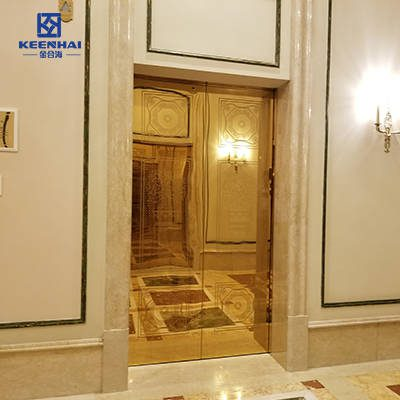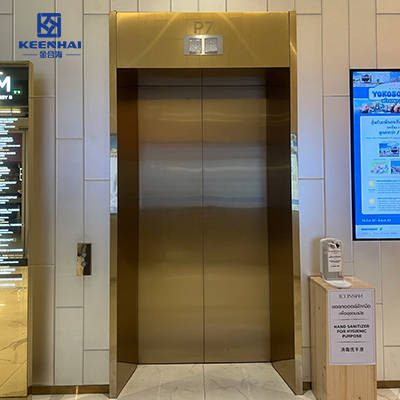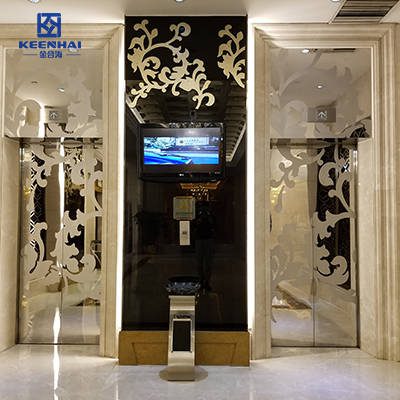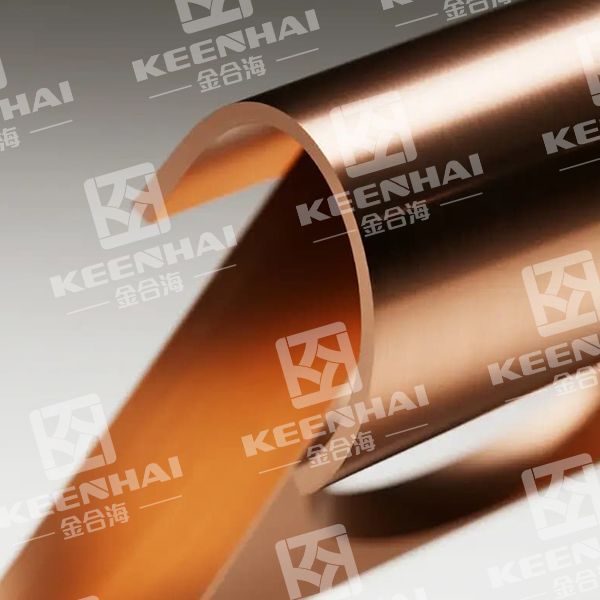If you’re wondering about the difference between Inox és rozsdamentes acél, the short answer is simple: they are essentially the same material, but the grade and application make all the difference. Inox usually refers to stainless steel in general, while the choice between types like 304 and 316 affects cost, rust resistance, and long-term durability. For kitchens, indoor projects, and areas without harsh exposure, 304 rozsdamentes acél is often enough. In marine or outdoor environments, 316 is the smarter option because of its superior corrosion resistance. This guide will break down cost, durability, and real-life uses so you can pick the right grade for your project in 2025.
Mi az Inox anyag?
Az Inox anyag meghatározása
A kifejezés Inox a francia szóból származik rozsdamentes, which translates to “stainless.” Inox material is another name for stainless steel, commonly used in Europe and certain industries like kitchenware and architecture. Thanks to its unique chemical composition, the term emphasizes the material’s ability to resist rust and staining.
Az Inox anyag legfontosabb tulajdonságai
Az Inox anyag kiváló korrózióállóságáról híres, ami a krómtartalomnak tulajdonítható (általában 10,51 TP3T felett). Ez passzív réteget hoz létre a felületen, amely megvédi az oxidációtól. Mechanikai szilárdsága, tartóssága és tetszetős polírozott felülete miatt is nagyra értékelik, így funkcionális és dekoratív alkalmazásokhoz egyaránt kiváló választás.
What Is Inox and Stainless Steel?
Inox, short for acier inoxydable, is a high-chromium rozsdamentes acél alloy that offers superior resistance to rust and staining. It is widely used in high-end applications like kitchen equipment, jewelry, and marine products.
Stainless steel, in general, is a broad category of alloys that includes Inox and other grades. It contains a minimum of 10.5% chromium to prevent corrosion but may vary in nickel, molybdenum, and other alloy content depending on the grade.
| Funkció | Inox | Rozsdamentes acél |
|---|---|---|
| Chromium Content | Typically 18%+ | 10.5%-18% (varies by grade) |
| Korrózióállóság | Very high | Magas |
| Common Uses | Kitchen equipment, jewelry | Construction, automotive, appliances |
All Inox is stainless steel, but not all stainless steel qualifies as Inox. This distinction is important when choosing materials for harsh environments.
Durability and Corrosion Resistance
-
Inox: Extremely resistant to oxidation, ideal for outdoor or high-humidity environments. It rarely rusts and maintains a polished finish over time. In marine environments, Inox 316 is often preferred for its molybdenum content, which improves corrosion resistance against saltwater.
-
Standard Stainless Steel: Durable and corrosion-resistant, but some grades like 304 may show minor surface rust if not maintained. For indoor projects, 304 stainless steel is usually sufficient.
Példa: A stainless steel kitchen sink made of 304 grade may last 10–15 years with proper care, while a 316 Inox sink in a coastal home can easily last 20+ years without visible corrosion.
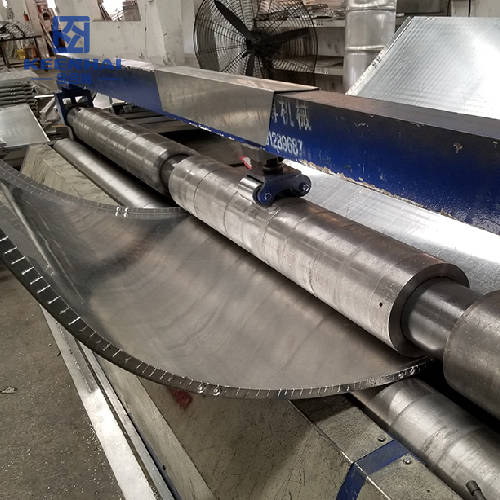
Inox anyag és rozsdamentes acél összehasonlítása
Terminológiai különbségek
Az Inox anyag és a rozsdamentes acél közötti egyik fő különbség a terminológiában rejlik. Európában és bizonyos iparágakban az inox anyag a leggyakrabban használt kifejezés, míg a rozsdamentes acél a globális fogalom. A nómenklatúra különbsége ellenére ugyanarra az anyagra utalnak.
Teljesítmény hasonlóságok
Akár Inox anyagnak, akár rozsdamentes acélnak nevezi, az anyag teljesítménye állandó marad. Mindkét kifejezés egy korrózióálló, tartós ötvözetet ír le, hasonló felhasználási területekkel az építőiparban, háztartási cikkekben és iparban.
Változatok az észlelésben
The difference in naming can create a perception that they are distinct materials. For example, “Inox” may be seen as a more premium brand in certain regions due to its association with European quality. In reality, the distinction is purely semantic.
Cost Comparison
Material cost is often the first consideration for many projects.
| Anyag | Average Price per Kg (USD) | Notes |
|---|---|---|
| Inox | 5–8 | Premium, corrosion-resistant |
| Rozsdamentes acél | 3–6 | Cost-effective, versatile |
-
Inox: Higher upfront cost due to chromium and alloy content, but lower maintenance and longer lifespan often justify the price.
-
Rozsdamentes acél: More budget-friendly and versatile for most indoor and non-extreme applications.
Real-world ROI: For outdoor stair rails or coastal railings, choosing Inox 316 over standard stainless steel may increase initial cost by 30–50%, but it avoids rust damage and replacement costs over a 15-year span.
Kulcsfontosságú alkalmazások
Konyhai és háztartási cikkek
Az Inox anyag a konyhai edények minőségének szinonimája. Korrózióállósága, könnyű tisztíthatósága és polírozott esztétikája miatt előnyös választás edényekhez, serpenyőkhöz, evőeszközökhöz és mosogatókhoz. Nem reakcióképes felülete biztonságossá teszi az ételkészítéshez is.
Építés és tervezés
A rozsdamentes acél szilárdsága és időjárásállósága az építőiparban alapvető fontosságúvá teszi. Lakó- és kereskedelmi épületek szerkezeti vázaihoz, korlátokhoz, homlokzatokhoz és díszítőelemekhez egyaránt használható. A rozsdamentes acél vagy az Inox anyag elegáns, modern megjelenése kiemeli az építészeti tervezést.
Ipari és gépjárműipari felhasználások
Az olyan igényes környezetben, mint az ipari üzemek vagy az autógyártás, a rozsdamentes acél kiváló tartóssága és extrém körülményeknek való ellenálló képessége miatt. Általában kipufogórendszerekben, vegyszertartályokban és tengeri felszerelésekben használják.
Different Grades of Inox and Stainless Steel
Understanding grades can help fine-tune your choice:
| Grade | Typical Use | Key Advantage |
|---|---|---|
| 304 | Kitchen equipment, appliances | Cost-effective, good corrosion resistance |
| 316 | Marine, outdoor furniture | High corrosion resistance, ideal for harsh environments |
| 430 | Automotive trim, indoor appliances | Magnetic, budget-friendly |
For outdoor, coastal, or high-moisture areas, Inox 316 or equivalent is the safest choice.
Maintenance and Lifespan
-
Inox: Low maintenance. Occasional cleaning with mild detergent keeps it shiny. Extremely resistant to corrosion, scratches, and stains.
-
Rozsdamentes acél: Requires regular cleaning to prevent surface rust, especially in high-humidity or coastal areas. Abrasive cleaners may damage the protective chromium layer.
Példa: A 316 Inox outdoor railing may only need yearly cleaning, while a 304 stainless steel railing might require quarterly maintenance in the same environment.
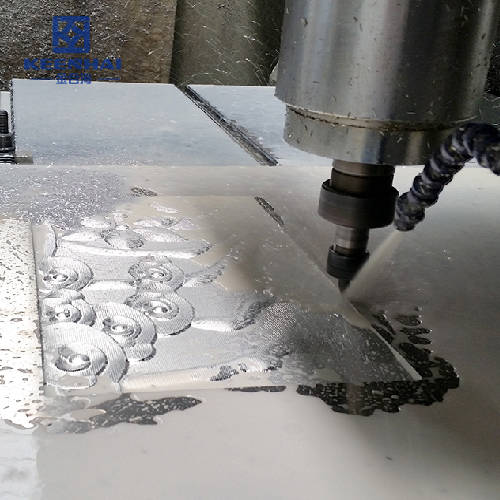
Common Misconceptions
-
All stainless steel is Inox – Incorrect. Only certain high-chromium stainless steels qualify as Inox.
-
Higher price always means better quality – Not necessarily. Choosing the right grade for your environment is more important.
-
Maintenance is the same for all grades – Inox generally requires less care, while standard stainless steel may need frequent cleaning to prevent rust.
Következtetés
Amikor döntünk aközött, Inox és rozsdamentes acél, consider:
-
Environment: Coastal, marine, or humid areas favor Inox 316.
-
Budget: Stainless steel is sufficient for indoor, less demanding applications.
-
Hosszú élet: Inox offers longer lifespan and lower long-term maintenance.
By understanding your project requirements, you can choose the material that provides the best combination of durability, performance, and value.
If you’re ready to pick the finish that locks in color and cuts long-term upkeep, see our PVD stainless steel sheet guide.

